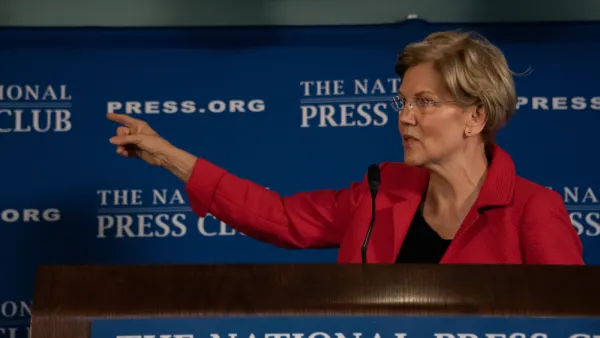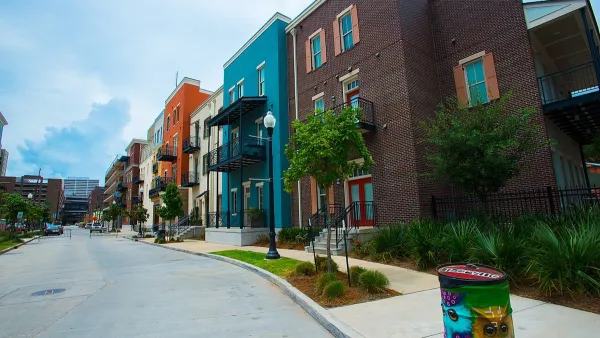The policy tools used to address our nation's housing shortfall often seem to worsen the problem. But this is because they ignore the underlying infrastructure and financing to support growth.

The high cost of housing is one of the most challenging planning issues of our time. The meager supply of affordable housing is a major contributor to the problem, yet the policy tools to address the shortfall often seem to worsen the problem. But this is because they ignore the underlying infrastructure and financing to support growth.
Housing affordability is really about two things: income and cost. The building industry is doing very little about the former, oftentimes opposing prevailing wages for construction workers. On the latter, the key question (being debated in California now) is whether deregulation of market rate housing projects will somehow "trickle down" to households, enabling them to afford rising rents and mortgages.
The supply-side perspective, espoused by the state's Legislative Analyst Office (LAO) suggests that the solution to containing housing costs is building 100,000 additional units annually. Given the LAO's skepticism of affordability restrictions, the theory is that the housing bought by wealthier people will filter down to poorer people as the wealthy move up to more expensive housing.
This trickle-down theory is very leaky. It depends on upward mobility in the middle class, and assumes that there are no foreign investors swooping in with hard cash and clogging up the filtration system. And even if it did occur, research by the Urban Displacement Project shows that the filtering process can take generations, whilst the properties deteriorate. The steeper the price increases, the slower the rate of filtration. Also, if wealthy buyers are willing to pay exorbitant sums for an old house in order to give it a pricey makeover, the theory is turned downside up. I’d call it "trickle-up."
FULL STORY: The Real Reasons Affordable Housing Isn’t Being Built in California

Analysis: Cybertruck Fatality Rate Far Exceeds That of Ford Pinto
The Tesla Cybertruck was recalled seven times last year.

National Parks Layoffs Will Cause Communities to Lose Billions
Thousands of essential park workers were laid off this week, just before the busy spring break season.

Retro-silient?: America’s First “Eco-burb,” The Woodlands Turns 50
A master-planned community north of Houston offers lessons on green infrastructure and resilient design, but falls short of its founder’s lofty affordability and walkability goals.

Test News Post 1
This is a summary

Analysis: Cybertruck Fatality Rate Far Exceeds That of Ford Pinto
The Tesla Cybertruck was recalled seven times last year.

Test News Headline 46
Test for the image on the front page.
Urban Design for Planners 1: Software Tools
This six-course series explores essential urban design concepts using open source software and equips planners with the tools they need to participate fully in the urban design process.
Planning for Universal Design
Learn the tools for implementing Universal Design in planning regulations.
EMC Planning Group, Inc.
Planetizen
Planetizen
Mpact (formerly Rail~Volution)
Great Falls Development Authority, Inc.
HUDs Office of Policy Development and Research
NYU Wagner Graduate School of Public Service




























